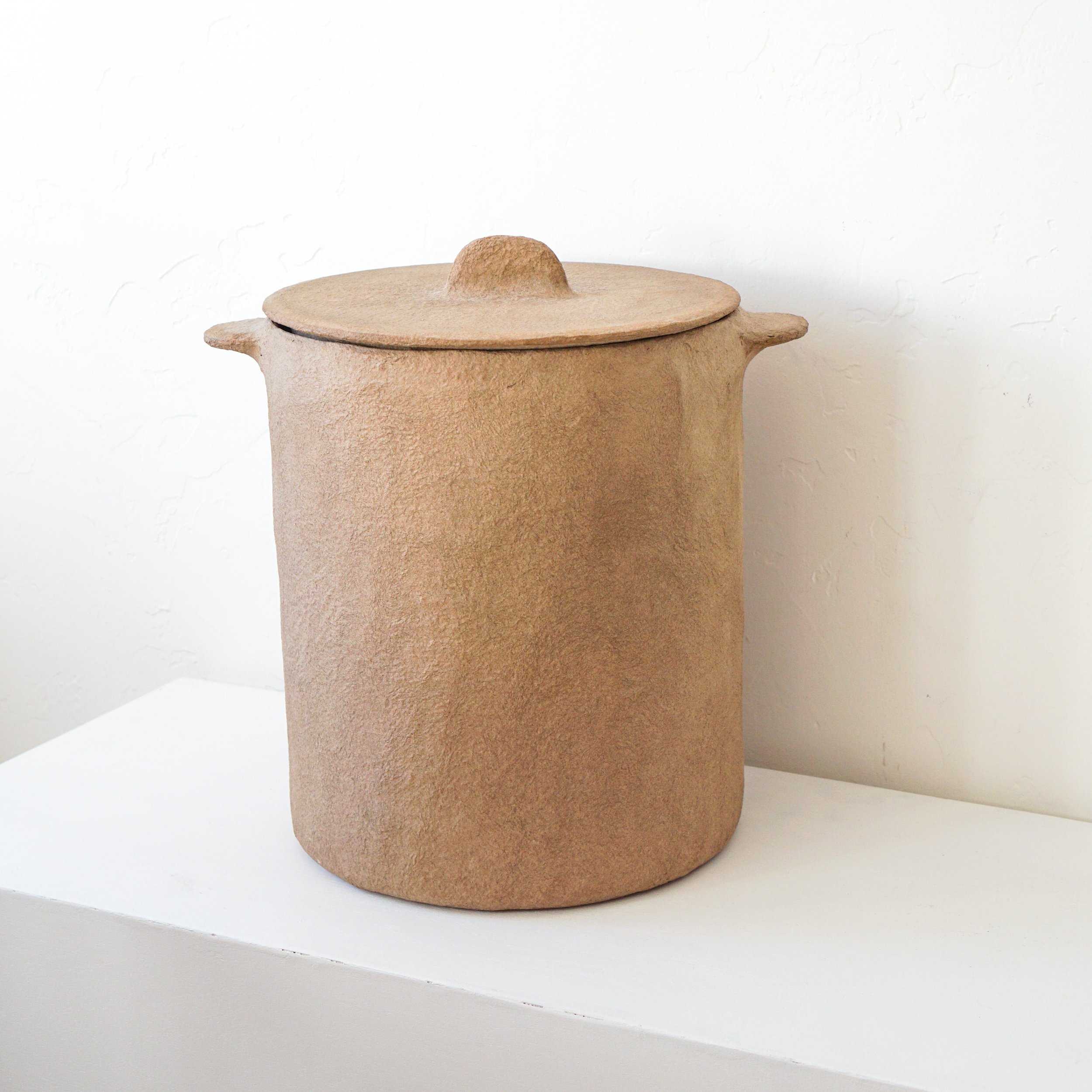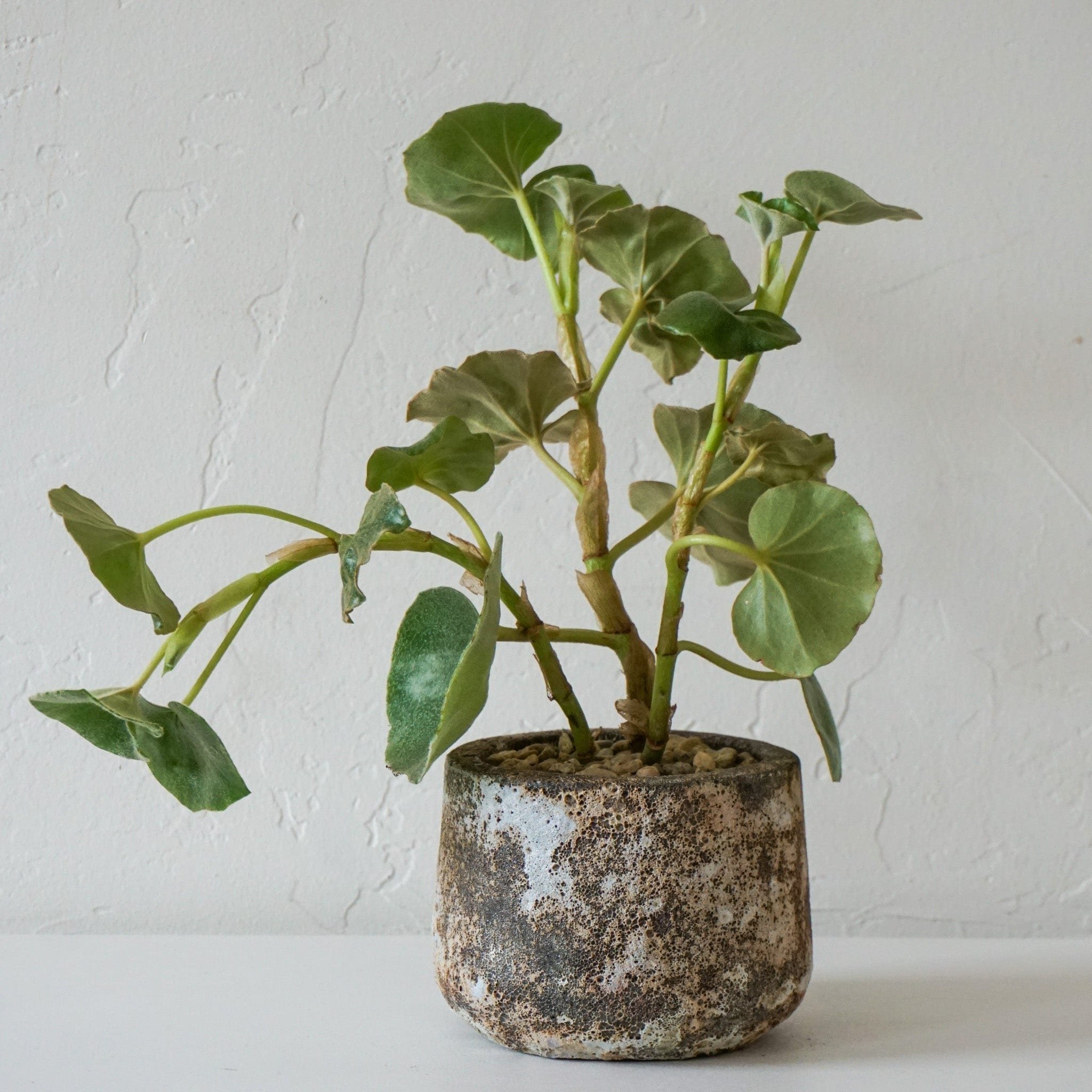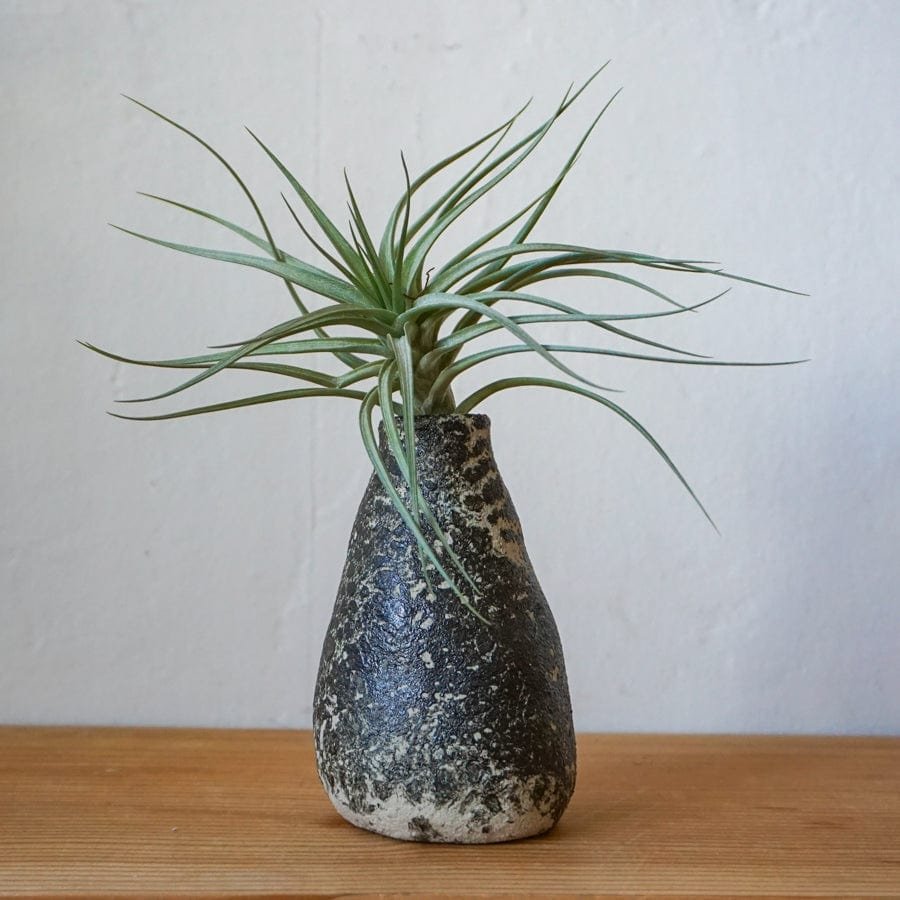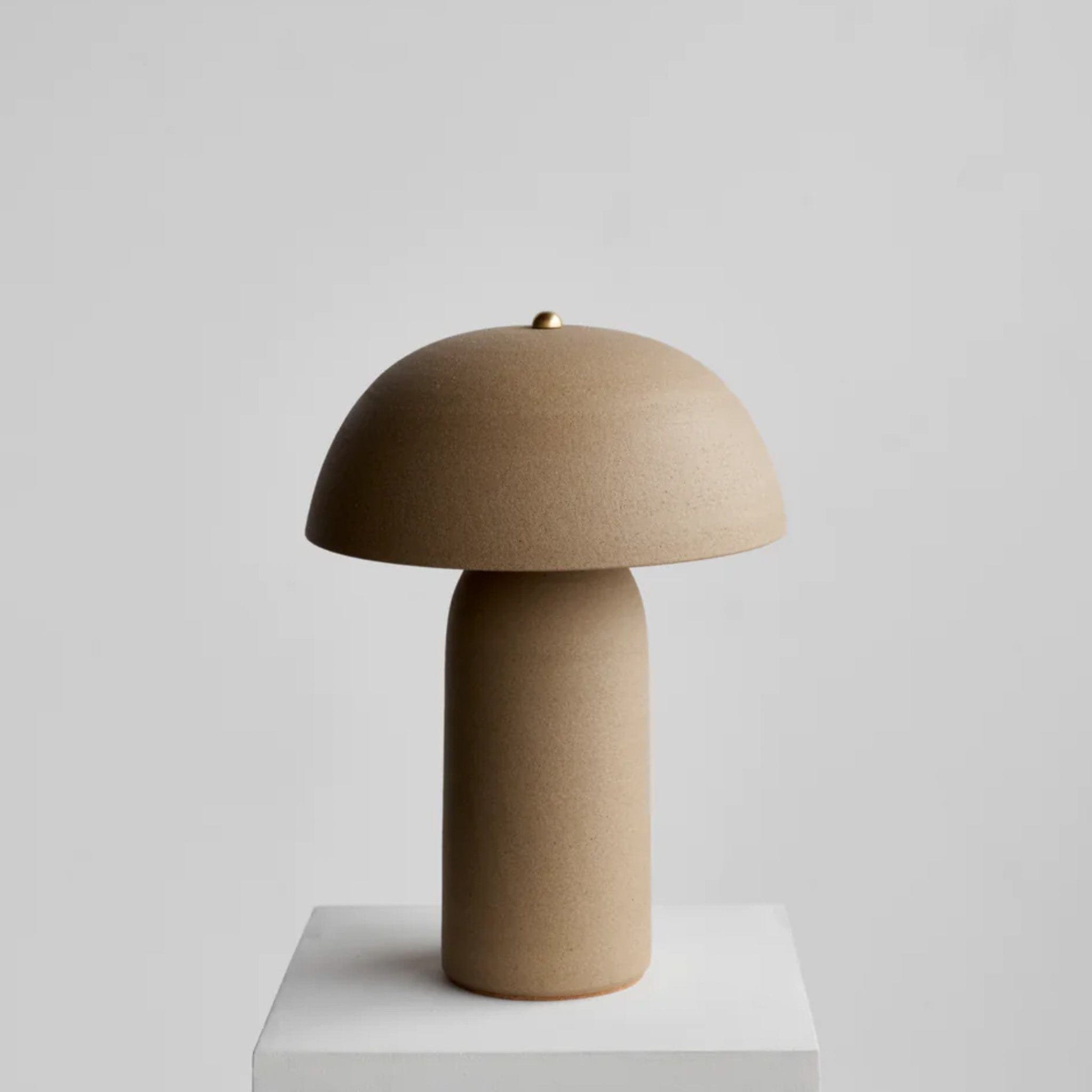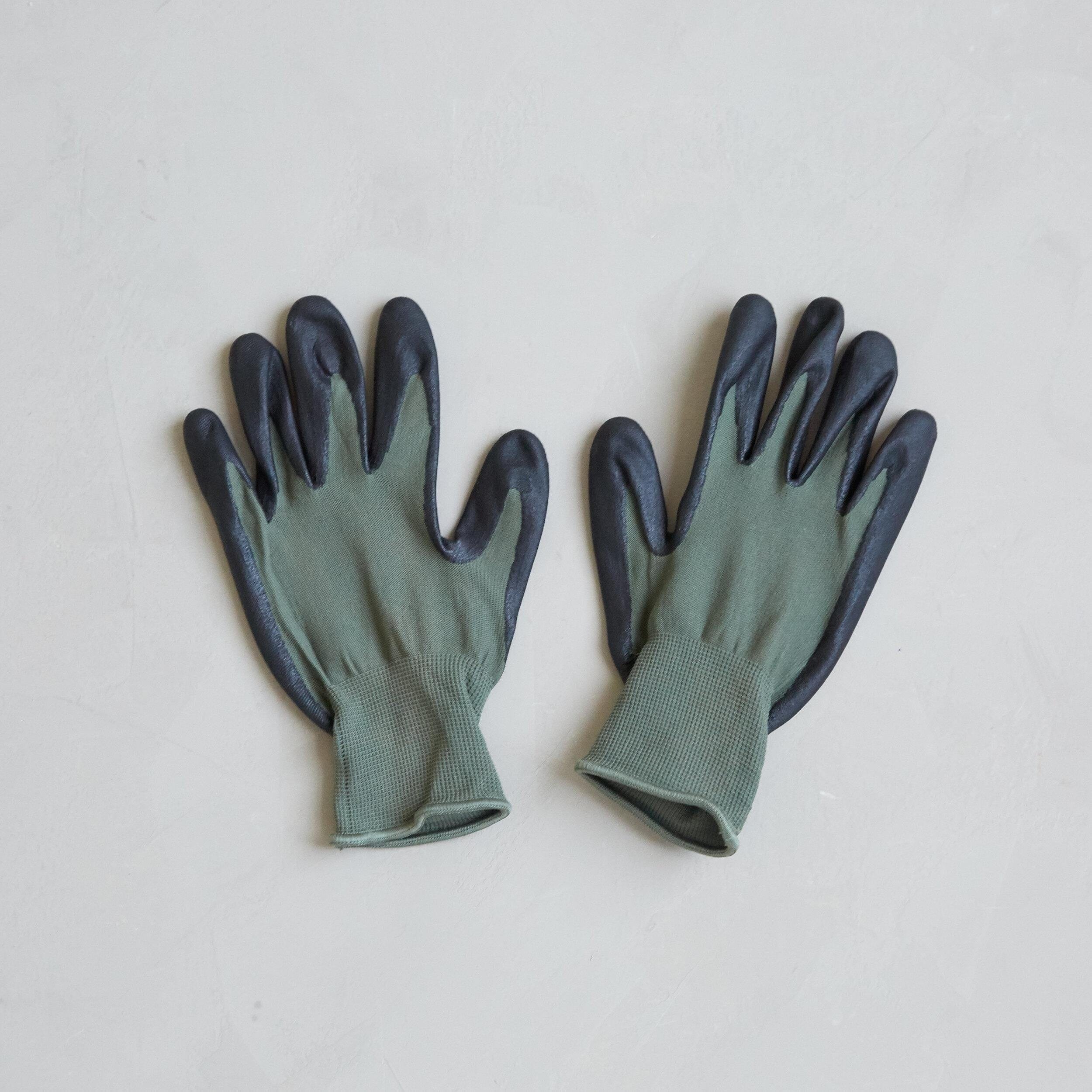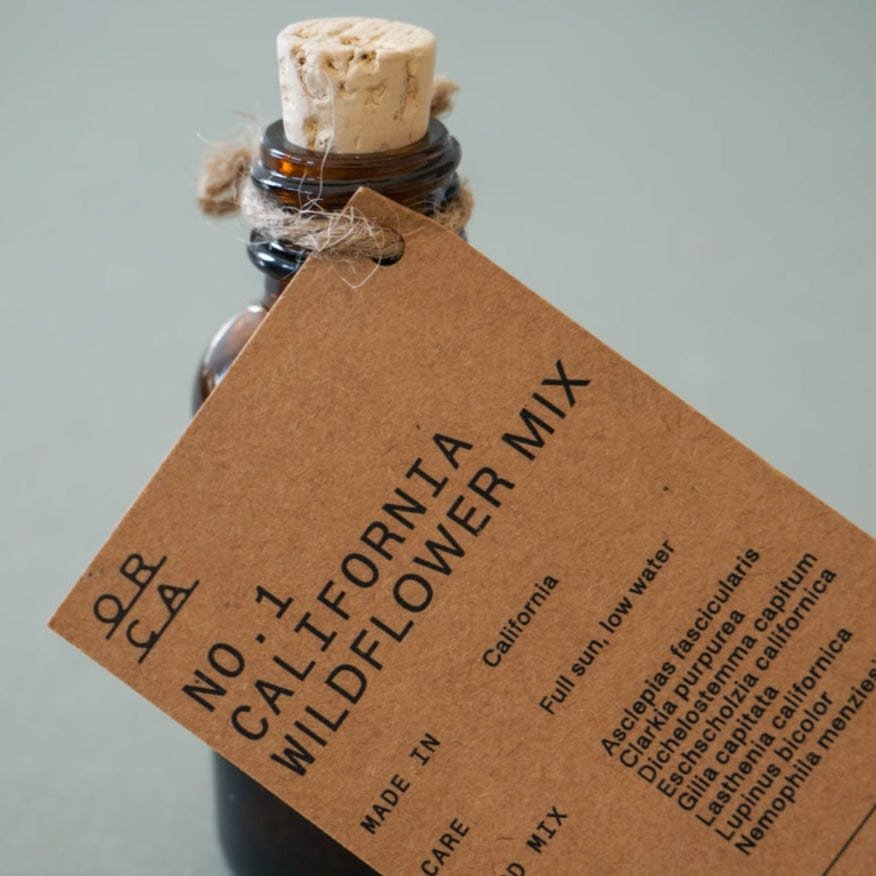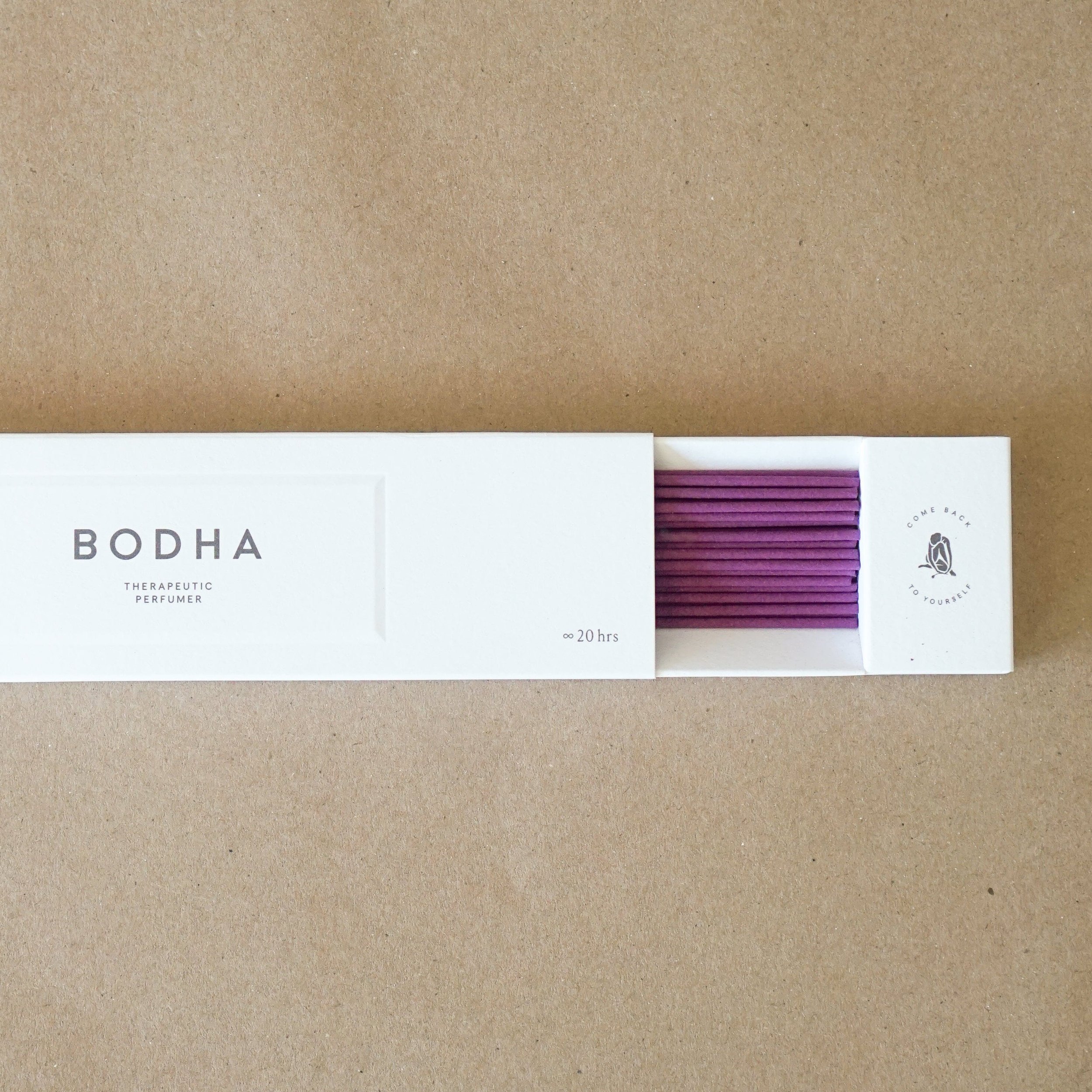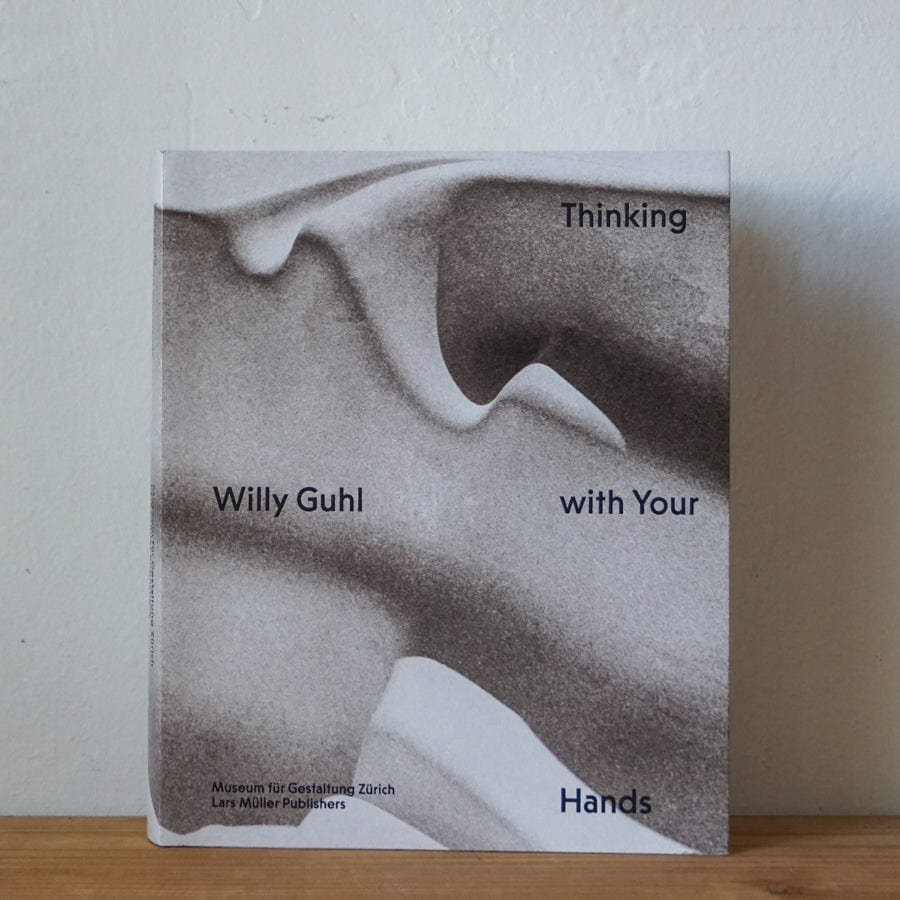The Inside Scoop: Molly Sedlacek, Founder of ORCA
Good landscape design is essential to the soul of a house and to the people that live there. Molly Sedlacek, founder of ORCA, understands this and delivers on the promise that better living can be achieved when humans are habitating in harmony with plants and when the outdoors and indoors are intrinsically connected. Talking to her about my favorite subject was like a stroll through a beautiful garden.
xx, Jenna
Can you share the story behind the founding of ORCA? What inspired you to start this venture, and how has the journey been so far?
Growing up on the Oregon coast, I spent my childhood playing in a Bay Laurel hedge my parents planted and a bamboo forest my dad grew. These innate acts of living in the outdoors started my journey as an outdoor designer. It was a blueprint to living that my family handed down.
I discovered my talent in outdoor design when I was planting, curating, and exploring use of outdoor space in my own garden in San Francisco. What I wanted, I couldn’t point to in a picture, it only existed in my imagination. It took material sourcing and experimenting to understand what flora, stone, and timber felt right. Quickly after completing this garden, my community of friends and family began supporting this conceptual approach to landscape design, and ORCA was born.
On the ORCA site, you mention "We work to bring a deeper connection between nature and the people that inhabit a space." Can you elaborate on how you aim to achieve this goal and the impact you hope your designs will have on the lives of your clients and nature?
The goal of all ORCA designs is to reconnect humans with earth through the plants and raw materials that we source. By using underdone materials that are not pre-fabricated or refined, there is an honesty to the bench you are sitting on or the table you dine at. It allows us to see what was provided from the land, and appreciate the beauty that is native to the landscape we occupy. This is the same for plants: encouraging biodiversity through native plant selection and choosing trees that are going to provide shelter and habitat for humans and wildlife.
The design of your spaces are very unique and thoughtful. How do you approach the creative process when designing a new landscape, and what influences your design choices?
I like to ask our clients what their first memory was of being in a garden dating back to childhood. Then I ask them to describe it– what did it taste like, what did it smell like, what did it feel like? This innate curiosity with nature is such a fundamental part of how we connect to the world around us and tapping into this is vital for a deeper understanding of self and space. Another question we like to think about is when do you feel most relaxed while in the outdoors? Whether it’s bathing, tending to plants, gathering, cooking, or resting– these use cases become the “rooms” we design in the garden.
Where do you find inspiration?
Textiles (pattern formed by fiber), estuaries (pattern formed by water), and aerial topography while on a plane. I love sitting in the window seat on a flight and seeing the plots of land and how they create small grids, big grids, and voids. Sometimes I imagine them as tiny garden layouts.
What practice or ritual feeds you as a creative?
Hiking, gardening, reading or writing poetry, listening to music. All of these activities provide sensory and perspective that help shape how I view materials, color, and space.
What’s your secret to throwing a great outdoor party?
Sounds, smell, lighting, cozy seating.
I always light a few sticks of copal incense and place them in planters near the table, along with a portable speaker. Ambient lighting comes from low-voltage fixtures in the landscape, as well as beeswax candles on the table. I have a handful of antique candelabras I inherited from my mom and grandmother that I use. As the evening gets chilly, I have a stack of blankets I'll bring out and it’s always important to have plenty of seating so people feel inclined to lean back and enjoy the star gazing.
The key to a great house is _____. The key to a great garden is _______.
Time and patience.
What are your three favorite items in your home?
A redwood burl that my friend Dave from Hawk and Stone carved.
A walnut mirror my dad made using an old trunk he had at their home in Oregon.
A plant dyed textile art piece called “Horses” by my friend Lucie.
What’s one thing you think everyone should make sure to have in their outdoor space / garden?
A time-marking tree and a sculptural rock. The tree symbolizes growth/impermanence and the rock reflects permanence.
What is your favorite place in your home or garden, and why?
The rock seat wall that views the Cork Oak tree in front of the house. When I sit on the cool stone and the warm air sways the tree’s limbs, there is a beautiful song made, fully composed by nature.
What was the biggest risk and biggest reward in a recent project?
Mixing metals and wood. Pinterest teaches us to unify materials, but in nature, everything melds together with time. We recently used some sealed wood along with unsealed wood so it would gray. There’s a nice contrast between warm and cool tones that happens when the medium (in this case wood), stays the same. The same goes for metal, just like jewelry, wearing silver and gold can bring a lot of character. We like to use flat-stock steel and galvanized steel so you have warm and cool together. An example is our Concentric Fire Pit.
You’d be rich if you had a dollar for every time you got asked ________.
What’s wrong with my plant?
If I wasn’t a designer, I would be a _________.
Ceramicist or pianist.
Looking ahead, what are the future goals and aspirations for ORCA? Are there any upcoming projects, expansions, or initiatives that you are particularly excited about?
I’d love to design a public park. My goal is to create gardens that help humans feel innately connected to nature.
We are also expanding our material and product offerings with the mission to provide design solutions for gardens that are environmentally conscious. Our clay pavers are a wonderful alternative to concrete, and our hardware collection is meant to outperform powder coated metals and embrace the patina of time.








